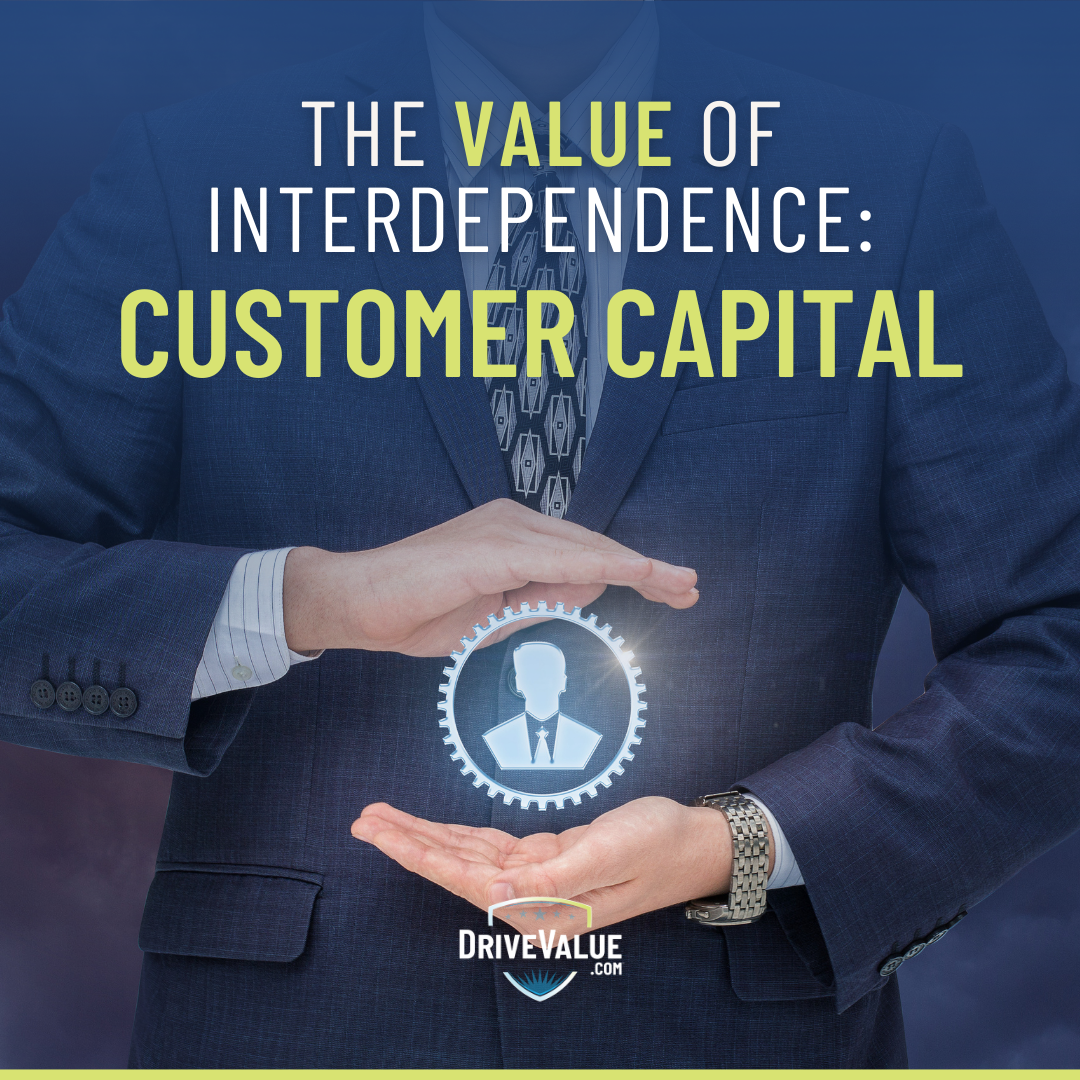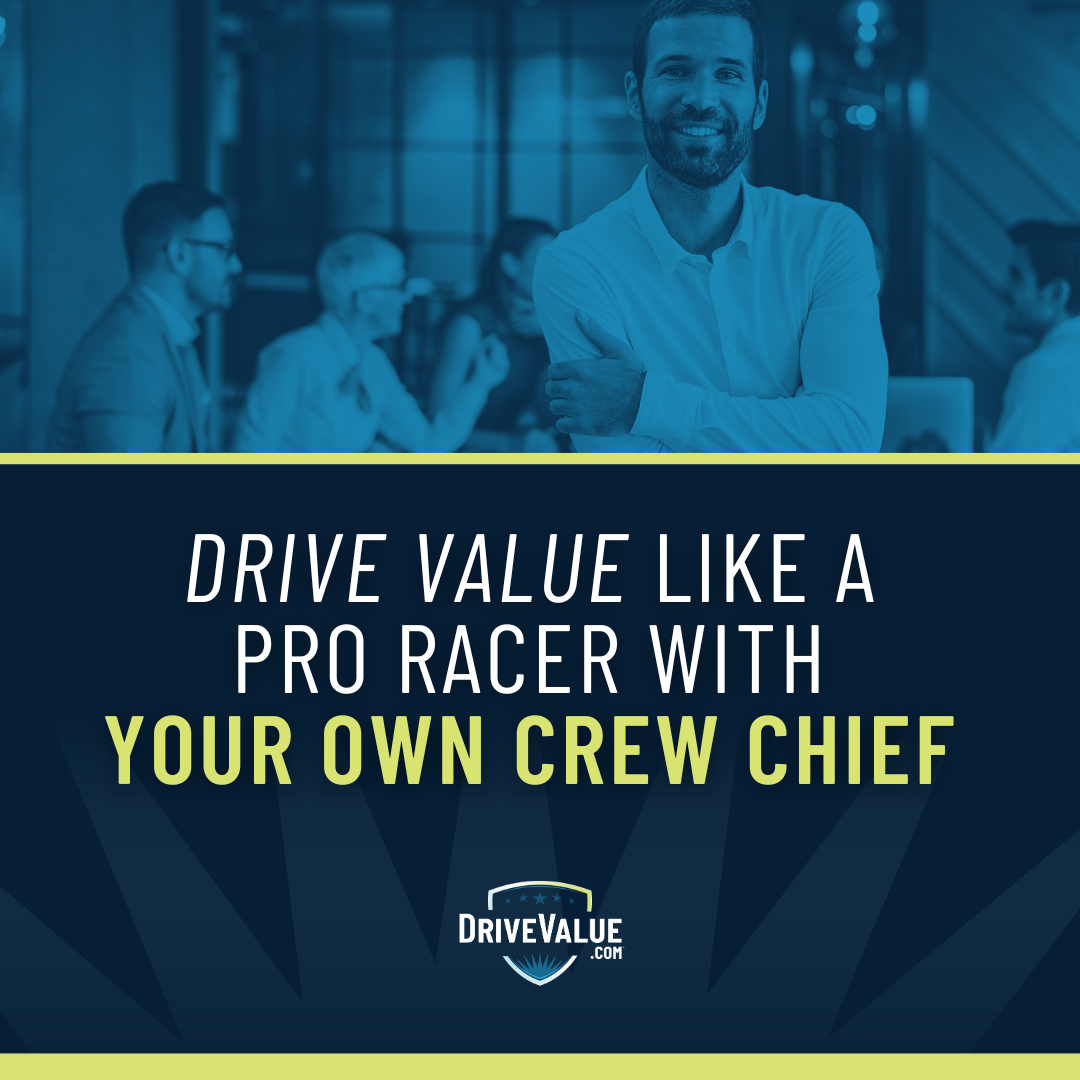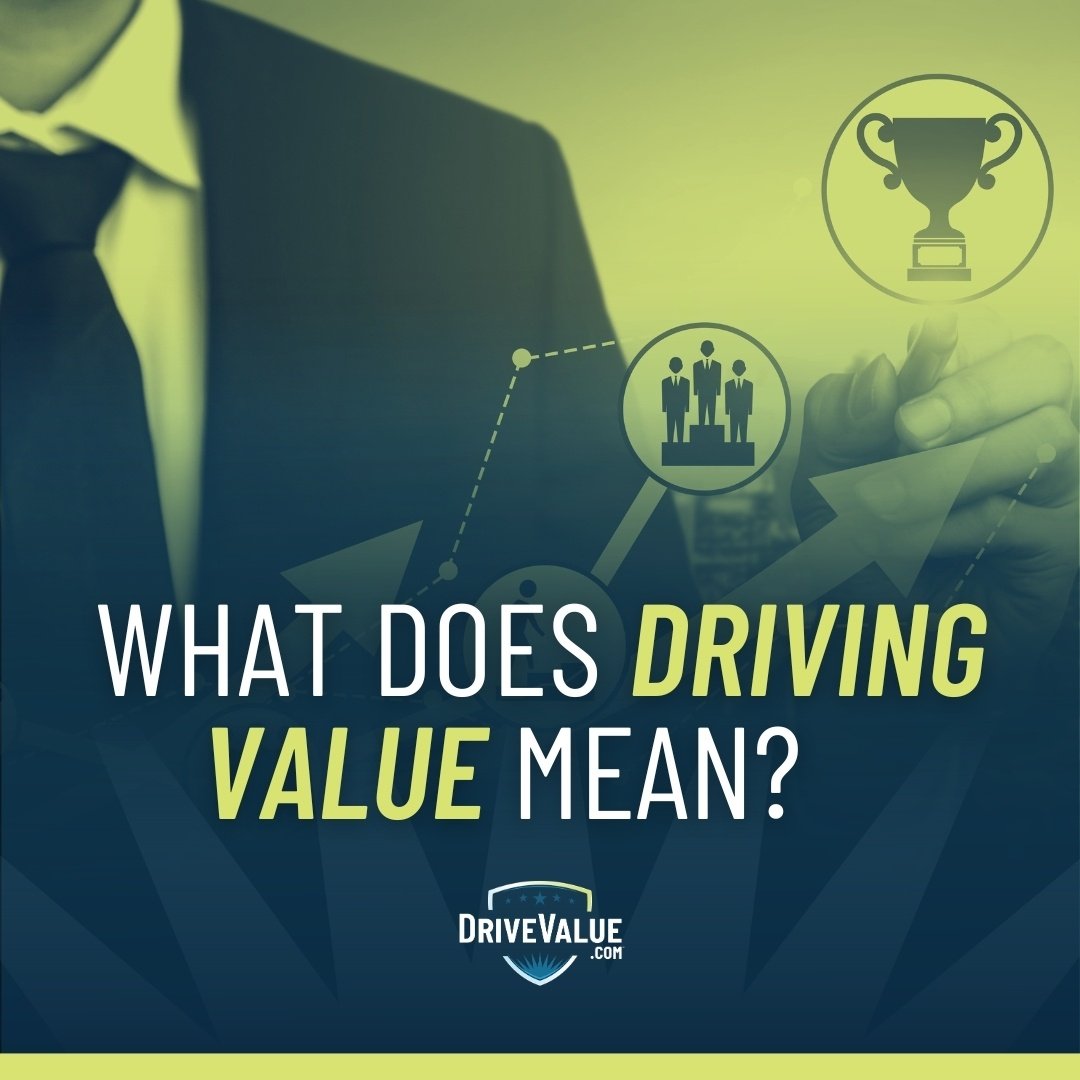Share this
The Value of Interdependence: Customer Capital
by Exit Planning Institute on February 26, 2025

If you are a business owner, investing and saving for retirement has always looked slightly different.
Do these stages sound like your entrepreneurial journey?
- First stage: Taking a small—or no—salary, reinvesting everything into getting your company off the ground
- Second stage: Taking a modest salary—one that doesn’t leave much room for personal investing—so your company can continue to grow
- Third stage: Enjoying an elevated income now that the company is thriving
If you are in that third stage, life is starting to get pretty sweet. The fruits of your labor taste good.
But this thing you have invested so much in—your business—is now also your nest egg. The small investments one should make early in their career were not available to you, and now, your wealth is trapped inside your business.
Never mind if your circumstances are anything other than typical. Unexpected death or divorce could force an earlier-than-expected exit. The market is as perfect as ever—even if you were not planning to exit yet. Or, just maybe, running this company is not the life you want anymore.
Believe it or not, these possible scenarios are far more common than expected. That is why driving value is so important. That is, doing things to make your business transferrable and attractive to a potential buyer. This deliberate focus ensures you can harvest the wealth trapped inside your company.
If you are not driving value, the business is likely only a here-and-now asset. The income you have generated every year has just been that—yearly.
Just like how Jimmie Johnson and the Legacy Motor Club race each year with the big picture of an entire NASCAR Cup Series in mind, you must look beyond the race you are currently driving. And that means making sure everything you do has a lasting impact.
Capital Impact
To drive value and prepare for exit, you must focus on every business’s four intangible capitals: human, structural, social, and customer.
Customer Capital: Transferrable Relationships
Relationships matter.
But often, when it comes to business, we get the wrong idea when we hear the word “relationship.”
Relationships are highly personal in our lives. As we experience life’s ups and downs, we grow closer together. But, in the end, relationships are specific to the people within them.
In business, relationships should start that way. A business should define what it does best and identify how that helps a customer. Over time, the business and customer should get to know one another. That knowledge leads to changes that make the business indispensable to the customer.
But the relationship, in the end, must be transferrable.
It cannot just be the business owner acting alone to make the customer happy. A business must be consistent in how it serves customers, utilizing a process and a reliable team. The relationship must be contractual and not just a handshake between owners.
Remember: the ultimate goal is for you to exit and another owner to buy your company. Processes, people, and interdependence are crucial to keeping a relationship healthy even after one of the members has moved on.
If you can do that, you are driving value, and helping a potential buyer understand why your business is worth paying for.
Questions to Ask Yourself About Customer Capital
Thinking about your company’s customer capital can be difficult if you are starting to create value. After all, you are in the doing phase of business and likely finding it hard to reflect honestly.
Ask yourself:
- Does the business dominate the market in one or two things that we do best?
- Is our customer base healthy and not reliant on any customer delivering 25% or more revenue?
- Would each customer continue to use my business if I were gone tomorrow?
If the answer to any of these questions is no, there is value to drive.
Not sure where to start? Having difficulty taking an honest look at your own business? A Certified Exit Planning Advisor (CEPA®) can help you answer these questions and drive value.
Interested in learning more about Value Acceleration? Visit Amazon to buy a copy of Walking To Destiny: 11 Actions An Owner Must Take To Rapidly Grow Value & Unlock Wealth by Christopher Snider.
Related Resources






No Comments Yet
Let us know what you think